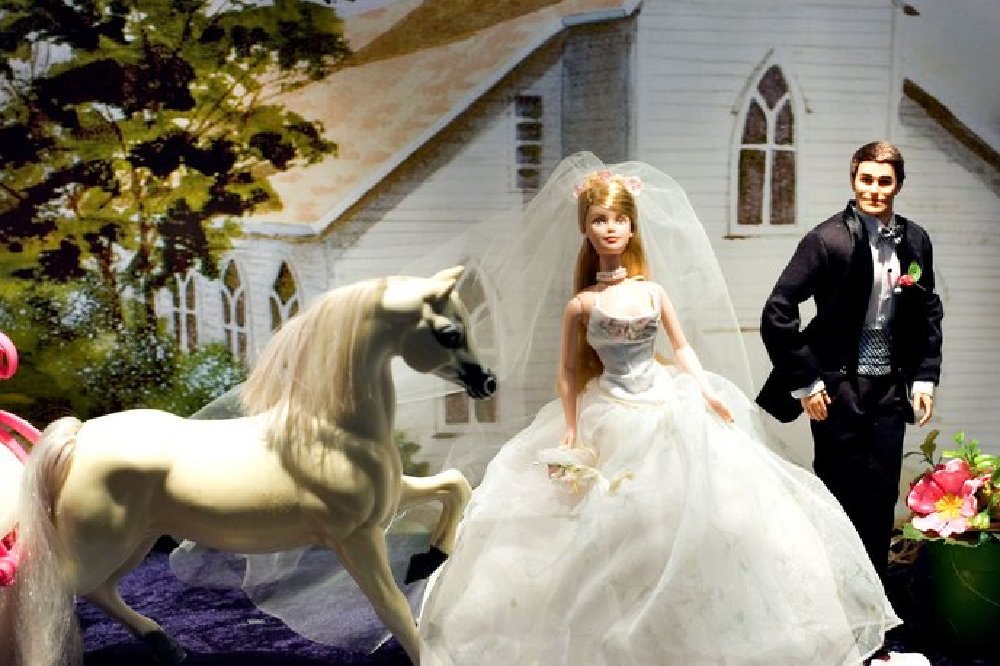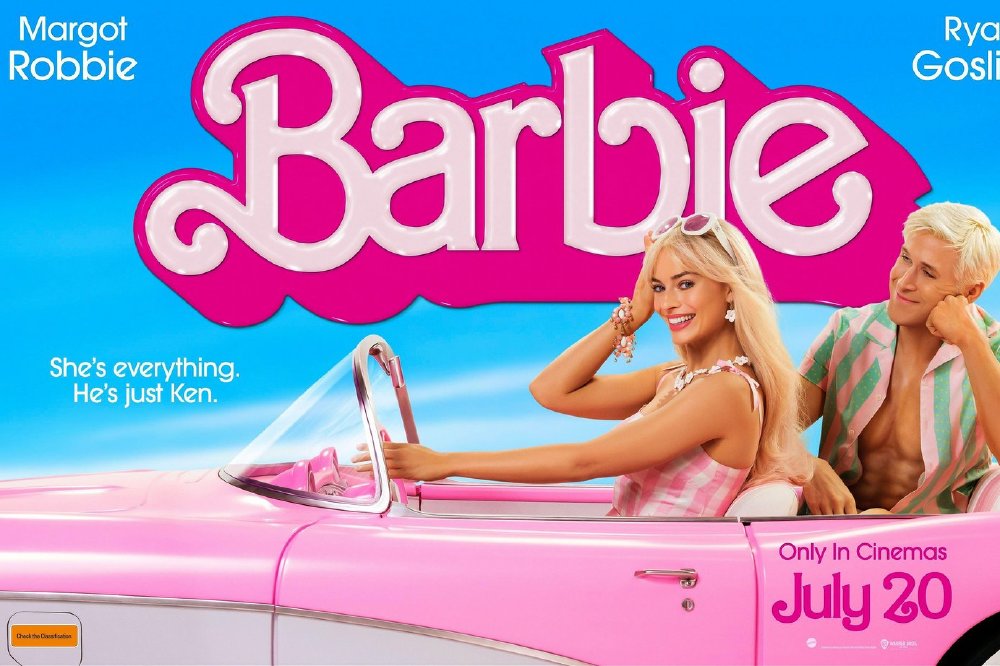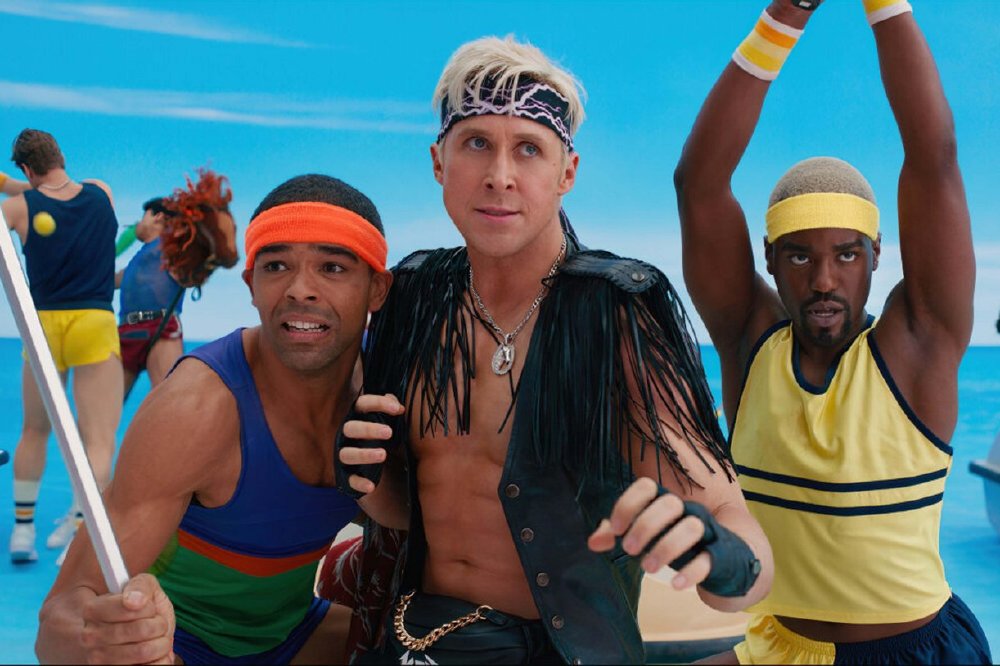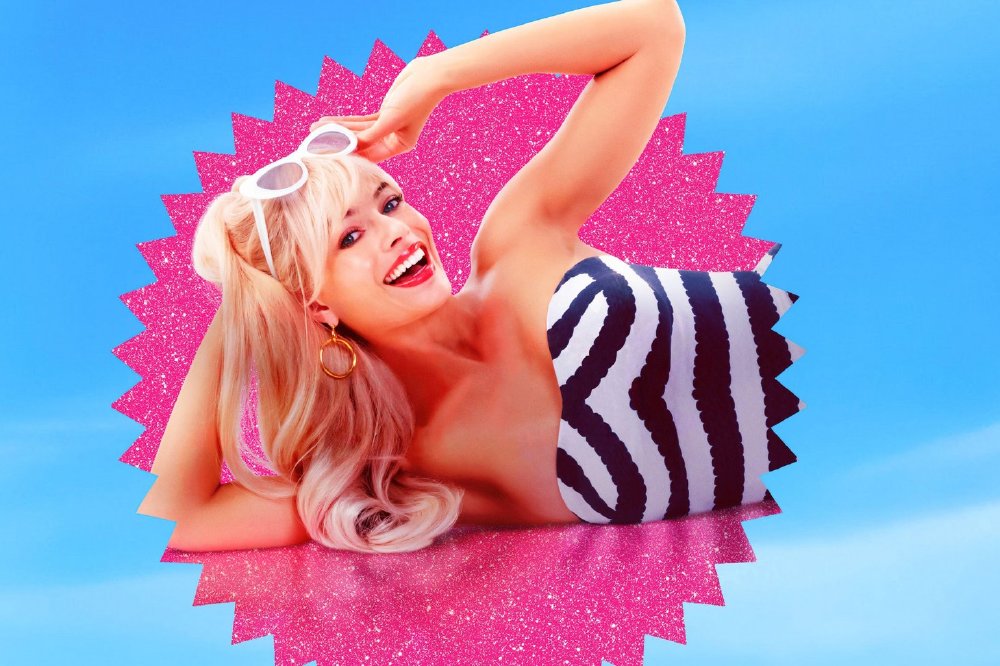WARNING: SPOILER ALERT – PARTS OF THE PLOT ARE DISCUSSED

Where did it all begin?
Mattel Entertainment has been producing animated Barbie movies for more than 20 years now. The first Barbie movie came out in October 2001, and since then there have been about 40 Barbie movies released into the stratosphere. From the first exciting moment when “Barbie and the Nutcracker” set off to defeat the evil Rat King and restore happiness to paradise, Barbie movies have been delighting young audiences with their colourful animation and engaging stories that entertain children while promoting positive behaviour. Barbie is the main character in the movies and has been cast as a princess, a spy, a mermaid, a fairy – amongst many other roles. The stories are fun and mostly take place in phantasmagorical places, but carry a message of friendship, self-discovery and personal growth and encourage viewers to be kind, brave, and true to themselves.
“Barbie – The Movie” brings Barbie into the realm of Reality

In most of these respects, Greta Gerwig’s “Barbie – The Movie” remains true to the format, as the main protagonist, “Stereotypical Barbie” (Margot Robbie), sets out from Barbieland into the real world. The theme of personal growth, that is often central to the Barbie movies, blossoms in this Barbie movie, too, in which real-world problems blend satirically with fantasy ideals, as Barbie and her handsome but insecure boyfriend Ken (Ryan Gosling) undergo vastly different personal journeys that change each of them forever. In the human world they are shocked to discover that Barbie dolls did not solve the problems of sexism and that patriarchal control is still dominant. In Barbieland, the Barbies literally run the world, while the Kens are their kindly companions. When they hit the real world, Barbie is mightily disillusioned and questions her place in the world, while Ken discovers the powerful pull of the patriarchy.
Ken makes a grab for Power back in Barbieland

Having learnt about patriarchy in the real world, Ken dashes back to Barbieland to spread the Boy-Boss gospel and teaches the other Kens sexist ideals. This sets in motion a troublingly sudden change in behaviour of the Barbies. Meanwhile Barbie escapes the clutches of the Mattel Board of Directors and returns to Barbieland to save the day, with the help of empathetic humans, Gloria (America Ferrera) and her daughter Sasha (Ariana Greenblatt). With some basic romantic ruses, the Barbies manage to get the Kens battling each other, and in the ruckus, they sneak into the government and vote to thwart the Kens ideas to change the constitution in Barbieland.
Positive changes for Barbieland and the Kens
The events which shook Barbieland have been reversed, but nevertheless change has taken root, and some of the Kens are now given positions in the lower courts. The film demonstrates that the patriarchy traps not only women (like the Barbies who were stripped of their power, voices, and autonomy in the “Kendom”) but also men, who in their toxic power-play are trained to be tough and not express their feelings, like when Ken breaks down and admits to feeling lost. Barbie helps him to face his identity crisis and encourages him to go his own way and figure out who he is without her.
Barbie realises that all she wants is “The Human Touch”

Meanwhile, Barbie herself faces an existential crisis and having once been exposed to the depth of what being human means – the good and the bad – she can’t go back to being simply a Barbie doll. Following the pattern of many myths and fairy tales, wherein the fabulous creature gives up infinite existence in a happy limbo for the time-defined and gritty reality of human life, Barbie decides to go back to the real world. At this point in the movie, Barbie’s literal creator, the Ruth Handler character, enters and they walk through a white wasteland (reminiscent of the scene in “Bruce Almighty” where Jim Carrey and Morgan Freeman have a decisive chat), and Barbie undergoes an emotional ‘rebirth’, as she chooses humanity even though, as Ruth tells her, “Humans only have one ending, but ideas live forever.”
Real love bridges time, space, and Barbieland
Movie-goers seeking emotional connection will find this only rarely in Barbieland. The dolls are kind, principled and enthusiastic and believe in being nice and having fun, but they remain at essence make-believe creatures in a make-believe world. Their expressions of emotion are stilted and one dimensional – they are dolls, after all. After her experiences in the real-world Barbie begins to realise that an existence without emotional depth is not enough. This is demonstrated in the relationship between Gloria and Sasha, which deepens and heals as mother and daughter move towards mutual understanding during their journey to Barbieland. It is Gloria’s painful memories - triggered by finding and keeping the discarded Barbie that she and Sasha had played with in the joyful abandon of Sasha’s childhood years – which are so strong that they reach through the mists of time and reality to awaken Barbie to her first ever real emotion in her fantasy world. The lost doll symbolises a loss of innocence, a loss of connection and understanding between mother and child. Barbie goes into the real world in response to this emotional call, and the return to Barbieland is their journey back to love. The love between parent and child is restored as Sasha regains confidence in her mother and sees her vibrant spirit, which had become subdued by life’s responsibilities, once again enlivened. The love between husband and wife is ratified, as Gloria realises her husband, whom she had written off as being disinterested, has actually been learning Spanish so he could better understand her world. At the end of the film, with the acknowledgement that she now has a uterus, Barbie herself enters the realms of “realness” where real love will find her.
Barbie and Feminism: Looking inward before moving forward
The messaging in the Barbie movie is anything but subtle, and the movie could be criticised as being patronising in the simplicity of its compartmentalisation, comparing it unfavourably with films like “Working Girl” or “The Associate” where the same issues are addressed using a less ‘in-your-face’ approach. However, it is in this very obvious representation of the status quo that the film makes its strongest claim for authenticity. The Barbie movie shouts out ‘look at the irony of this movie and of the world we live in’. The movie calls us to look inward, and in satirically laughing at itself, it demonstrates how. We are challenged to explore our own identity beyond what we’ve been socialized to expect, and to stand up for ourselves if we choose something different, even in the face of adversity. The characters in the film demonstrate empathy and perseverance, and Barbieland is populated by a diverse group of Barbies and Kens with a range of body sizes, abilities, genders, and racial and ethnic backgrounds. An extreme example of political correctness, perhaps, but in Barbieland we could not expect anything other than the ideal, after all. The Barbie movie isn't a feminist battering ram as some conservative critics would have it, but rather an entertaining and touching exploration of womanhood in all its glorious contradictions. In the words of the Barbie creator, Ruth Handel, who admits she created the doll in a time when feminine ideals were different to what they are today: "We must stand still so our daughters can look back and see how far they’ve come."
Is the Barbie movie suitable for all ages?
Warner Bros. co-chairs and CEOs Michael De Luca and Pam Abdy have commended Gerwig for her “brilliance and unwavering commitment to creating a film that appeals to Barbie enthusiasts of all ages...”- a surprising comment since the Barbie movie is rated PG-13 and comes with the parental caution that that “some material may be inappropriate for children under 13”. The age restriction is appropriate, but not for the usual reasons, since the ‘sexual’ content of the film is relatively innocuous: there are no sex scenes or nudity (the dolls don’t have genitalia) and while there are some bleeped expressions of profanity this is nothing worse than many children would be exposed to before 7pm on any television screen nowadays or in their favourite (and accessible) video games. Of more relevance is the concern that the message about feminism and patriarchy could be missed or misinterpreted by younger, less sophisticated audiences. In particular, the presentation of most males as either idiotic (Kens) or bigoted (the Mattel gang), and females as being easily swayed (one minute the Barbies rule the world, the next they are happily subordinate), if taken literally, could leave younger movie goers confused or exiting the cinema with negative messages rather than positive ones, which would be defeating the purpose of the film entirely.
Was the money split along gender lines?
As the first live-action comedy to cross the US$1 billion milestone, Barbie has made sure that Kevin is no longer “Home Alone”, beating the record as highest grossing comedy held for 33 years by this iconic movie which debuted Macaulay Culkin, as the forgotten Kevin.
The Barbie movie racked up these phenomenal global box office sales in just three weeks, making Gerwig the director of the highest-grossing movie directed by a woman to date. Although we still differentiate between the genders of the directors of the highest-grossing movies, it is perhaps successes like this which will finally eradicate the need for us to do so. At least we have succeeded in levelling the playing field when it comes to the salaries paid to the male and female leads in the Barbie movie, as it is reported that both Robbie and Gosling earned US$12.5 million each for their performances.
Let’s end with the beginning…
The opening scene of the film takes us back in time to about 70 years ago, with girls playing with baby dolls. They are initially interested, but gradually their boredom shows, and is emphasized by the dull grey colours of the dolls, their clothing and the landscape. Clearly recalling the opening scene of Stanley Kubrick’s sci-fi masterpiece “2001: A Space Odyssey”, where in the famous monkey scene the apes are triggered to move beyond their current evolutionary condition by the appearance of a black monolith upon their landscape. In much the same way, the appearance of Barbie to these girls, changes the way they play forever: the dramatic smashing of the baby dolls depicts the breaking of the old patterns, as the girls enter the world of Barbie – the astronaut, super model, dancer, sports star – and all the other horizons opening up to women beyond that of motherhood. The movie starts with this dramatic promise and continues for the next 2 hours to deliver on it. Amply. And joyfully.
By Aurora Nova
Tagged in Ryan Gosling Greta Gerwig Margot Robbie

